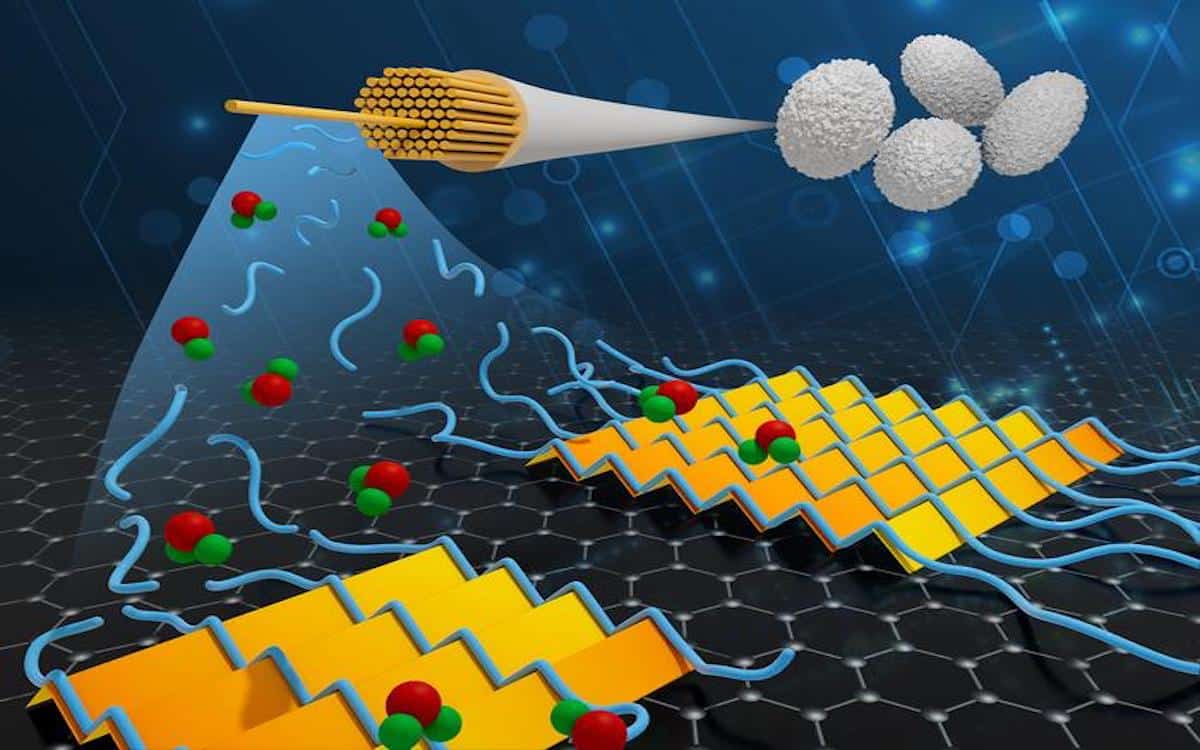Researchers have utilised the quantum anti-butterfly effect to successfully develop a method for benchmarking the performance of quantum computers. This has helped them overcome an experimental challenge in physics that had been long puzzling researchers. According to Bin Yan, a quantum theorist at Los Alamos National Laboratory, the method paves way for determining the capability of quantum computers in processing information. He added that the technique also applies to information loss in other complex quantum systems.
“Our protocol quantifies information scrambling in a quantum system and unambiguously distinguishes it from fake positive signals in the noisy background caused by quantum decoherence,” said Yan, who is the co-author of the study published in Physical Review Letters.
In a complex system like a quantum computer, noise, in the form of decoherence, tends to erase all the quantum information as it merges with the surrounding environment. However, information which is scrambled through quantum chaos disseminates information throughout the system and protects it so that it can be retrieved.
While coherence is a quantum state that facilitates quantum computing, decoherence is the loss of that state in the form of information that spreads in the surrounding environment.
“Our method, which draws on the quantum anti-butterfly effect we discovered two years ago, evolves a system forward and backward through time in a single loop, so we can apply it to any system with time-reversing the dynamics, including quantum computers and quantum simulators using cold atoms,” Yan explained.
The team of researchers demonstrated their protocol through simulations on IBM cloud-based quantum computers. The absence of sufficient methods to differentiate between decoherence and scrambling of information had been hampering research on the phenomenon. The information scrambling was first studied in black hole physics, and it was found to be relevant in a range of fields from quantum chaos in many-body systems to quantum machine learning. The information scrambling can be studied using experimental platforms that include superconductors, cloud-based quantum computers and trapped ions.








